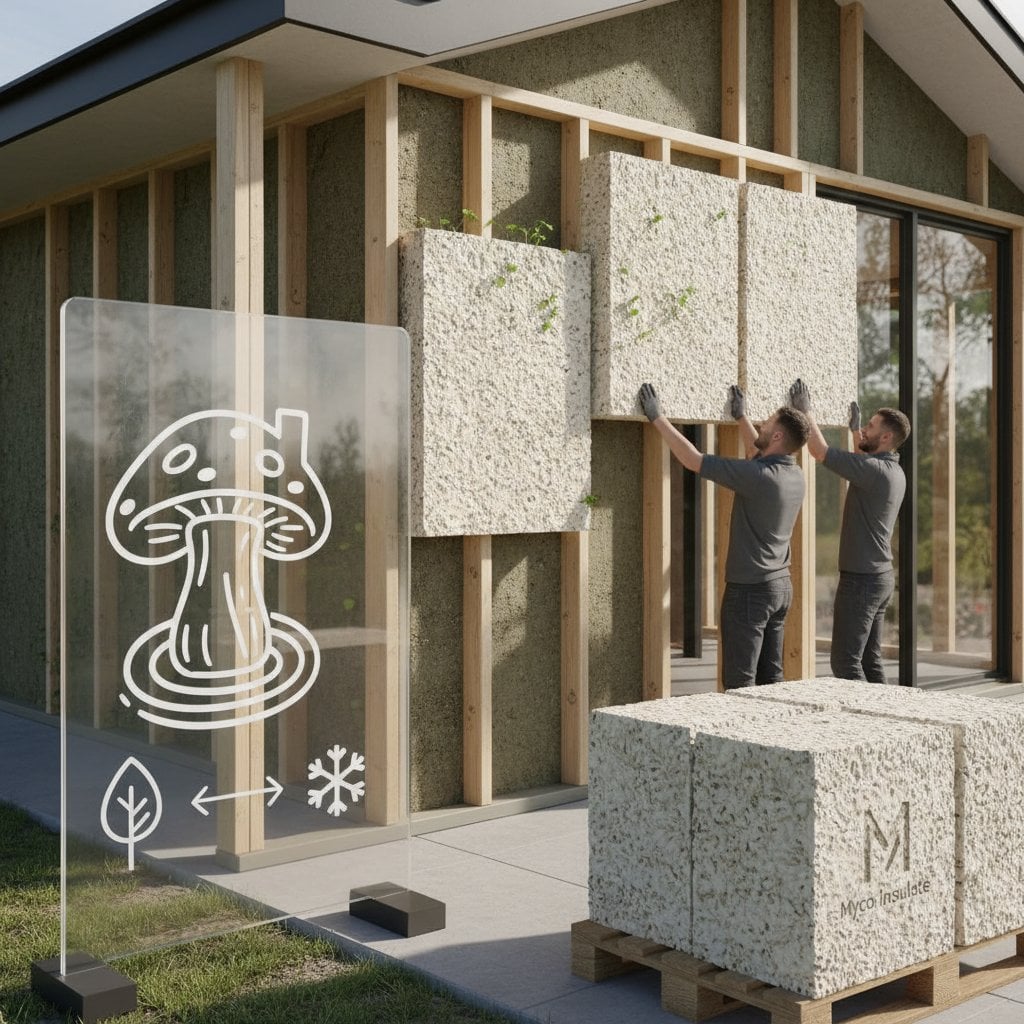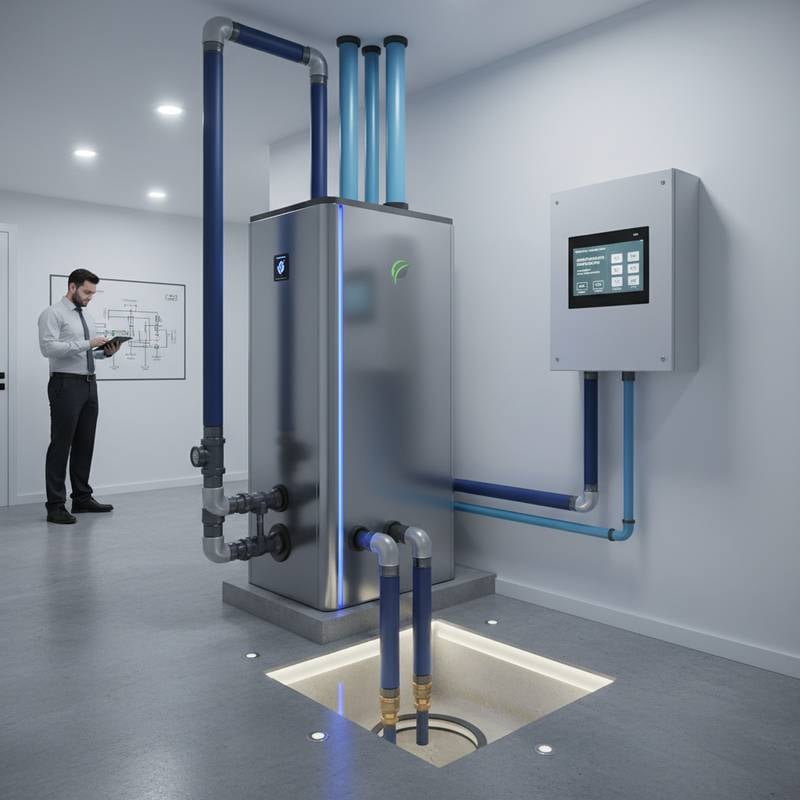Key Principles of Passive House
Passive House standards achieve up to 90 percent reductions in heating and cooling energy compared to conventional homes, though construction costs rise initially. Recent surges in adoption have broadened availability of expert builders, specialized materials, and financing options, which simplify the process for new owners. Long-term benefits in cost savings, comfort, and durability depend on local climate, careful design, and precise construction practices that go beyond basic certification. A well-executed Passive House boosts property value, builds resilience to energy disruptions, and reduces dependence on utility providers.
Understanding the Appeal
Imagine a home where winter nights unfold without the hum of heating equipment, air stays fresh, temperatures remain even, and utility bills arrive much lower. Passive House realizes this ideal through rigorous standards focused on exceptional efficiency and resident health. With reports showing a 300 percent rise in such projects, individuals often question the best time to pursue one. This article examines if the current trend makes now a smart choice for investing in superior home performance.
The Significance of This Standard
Passive House emerged as a reliable approach to combat energy waste through airtight building envelopes, high-quality insulation, and controlled ventilation. The fundamental goal creates buildings that sustain comfortable conditions year-round with minimal additional energy.
Escalating utility prices and growing environmental consciousness drive this growth. In areas with tightening regulations, Passive House designs frequently exceed upcoming requirements, providing long-term compliance, lower emissions, and ongoing affordability.
Essential Planning Elements
Start a Passive House project with clear goals and practical constraints in mind. While the benefits attract attention, success relies on detailed planning and execution.
Balancing Energy Needs
Passive Houses employ airtight barriers, thick insulation layers, and controlled air exchange to minimize energy requirements. The focus lies on creating a building envelope that retains heat in winter and blocks it in summer, promoting natural temperature stability.
Achieving Airtight Seals
Every joint, edge, and connection requires meticulous sealing to prevent air leaks. Builders use specialized tapes and membranes to reach strict airtightness levels. This attention to detail demands skilled labor, which increases costs but yields major efficiency gains.
Managing Ventilation and Air Purity
Heat recovery ventilators or energy recovery ventilators maintain fresh air circulation while capturing heat from outgoing air. These units ensure healthy indoor environments and stable conditions with low energy use.
Optimizing Site and Solar Exposure
Position the building to capture sunlight efficiently. South-facing windows gather solar heat in cold months, while shades or overhangs prevent overheating in summer.
Choosing Performance Materials
Select high-efficiency options such as triple-glazed windows, insulated doors, and continuous insulation layers. These choices add to upfront expenses but speed up returns through reduced energy needs.
Analyzing Costs and Returns
Following Passive House guidelines usually increases overall construction costs by 5 to 15 percent. For a typical single-family home, this means extra spending from $10,000 to $50,000, depending on location and labor rates.
Energy savings of 70 to 90 percent annually recover these costs within standard mortgage periods. For example, if heating and cooling bills drop from $2,000 to $200 per year, payback happens in about eight to ten years, plus consistent comfort.
Other lasting returns include:
- Greater market demand for eco-friendly homes, raising resale value.
- Lower maintenance from durable components that reduce wear on systems.
- Improved health through constant air filtration and reduced allergens.
Integrating Design Principles
Passive House principles fit various architectural styles. Modern layouts often feature open spaces for better airflow, but traditional designs incorporate these elements just as well.
Smaller homes enhance efficiency by limiting surface area. Consider a compact structure that resists cold more effectively than a sprawling one.
Larger homes meet standards by managing bigger surfaces. Use room divisions, high-performance windows, and targeted shading to maintain efficiency.
For existing buildings, EnerPHit standards guide retrofits. These focus on adding seals, insulation, and ventilation while working within original structures to preserve performance.
Project Variables to Consider
Specific factors influence every project's outcome. Important considerations include:
- Local climate: Cold regions emphasize heat retention; warm areas focus on cooling strategies.
- Builder expertise: Experienced crews reduce errors and streamline work.
- Material availability: Access to certified products like advanced windows or ventilators affects budgets.
- Building complexity: Simple shapes ease sealing and insulation tasks.
These elements can raise expenses but also encourage creative approaches. Modular construction speeds up airtight assembly, and local vendors now offer more affordable certified supplies.
Broader Efficiency and Sustainability Benefits
Passive Houses provide more than financial savings; they improve resilience and daily living.
- Even heat distribution avoids cold spots and drafts.
- Built-in thermal mass extends comfort during power outages.
- Soundproofing from sealed walls and windows creates quieter spaces.
- Environmental footprint decreases with less energy use and grid strain.
Many owners add solar panels to reach near-zero energy use. This combination of low demand and on-site generation supports energy independence.
Common Inquiries
How does Passive House differ from net-zero design?
Passive House emphasizes reducing energy needs through building features. Net-zero design offsets consumption with on-site generation, often from renewables. The two approaches complement each other well.
Is retrofitting an older home feasible?
Yes, though challenging. EnerPHit standards provide steps for improving seals, insulation, and ventilation while respecting existing limits.
What maintenance does it entail?
Basic upkeep works, including regular filter replacements and seal inspections to keep performance high.
Are heating or cooling systems still necessary?
Minimal systems remain, like small heat pumps, for occasional adjustments.
Securing Future-Proof Comfort
Adopting Passive House prepares homeowners for shifting energy realities. This choice delivers savings, peace of mind, and a durable home ready for tomorrow. As adoption grows, abundant resources help make informed choices, making 2025 a strong year to pursue efficient, sustainable housing.










